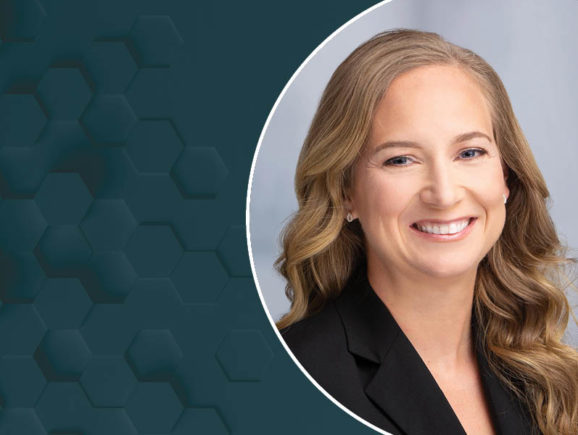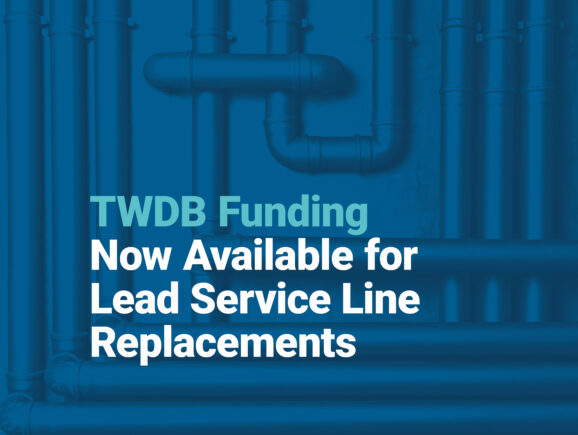What Proposed Lead and Copper Rule Improvements Mean for Water Utilities
New federal proposals aimed at removing harmful lead from drinking water now set a goal for having most water systems in the U.S. replace all their lead pipes within 10 years.
The Lead and Copper Rule Improvements proposed by the Environmental Protection Agency on Nov. 30 also update expectations for tap sampling and actions utilities must take if testing shows excess lead in their water.
Expectations for Water Systems
The new requirements would include:
- Replacing all lead service lines within 10 years
- Creating an inventory of connectors within three years
- Verifying the content of service lines with unknown materials and performing field validation of all non-lead service lines within 10 years
- Informing the public and adding protections at a lower lead level: 10 µg/L instead of 15 µg/L
Public water systems still have a key deadline of Oct. 16, 2024, to meet requirements announced earlier under the Lead and Copper Rule Revisions for creating and submitting a service line material inventory to their state regulator and preparing related public communications.
How to Comment on the Proposed LCRI
The new proposals build on continuing efforts to eliminate old pipes that are the biggest source of exposure to lead, which poses a risk to children and adults. The Lead and Copper Rule Improvements are still subject to public comment before they’re finalized. The EPA has more details about the proposed rules.
Here are some ways to learn more and provide input:
- December 6, 2023, at 1-2 p.m. Central Time: EPA is hosting a public webinar. You can register at this link.
- January 16, 2024, at 10 a.m.-6 p.m. Central Time: EPA is holding a virtual public hearing at which the public can provide verbal comments. You can register at this link.
- Written comments can be submitted through regulations.gov, referencing Docket ID Number: EPA-HQ-OW-2022-0801.
How Freese and Nichols Can Help
Freese and Nichols’ water treatment, asset management and funding teams have the tools and expertise to quickly support utilities with conducting their initial inventory, complying with other major requirements and identifying where funding might be available.
For support, contact: Julie Huerta, julie.huerta@freese.com, Koby Boman, koby.boman@freese.com, or Trey Shanks, trey.shanks@freese.com








